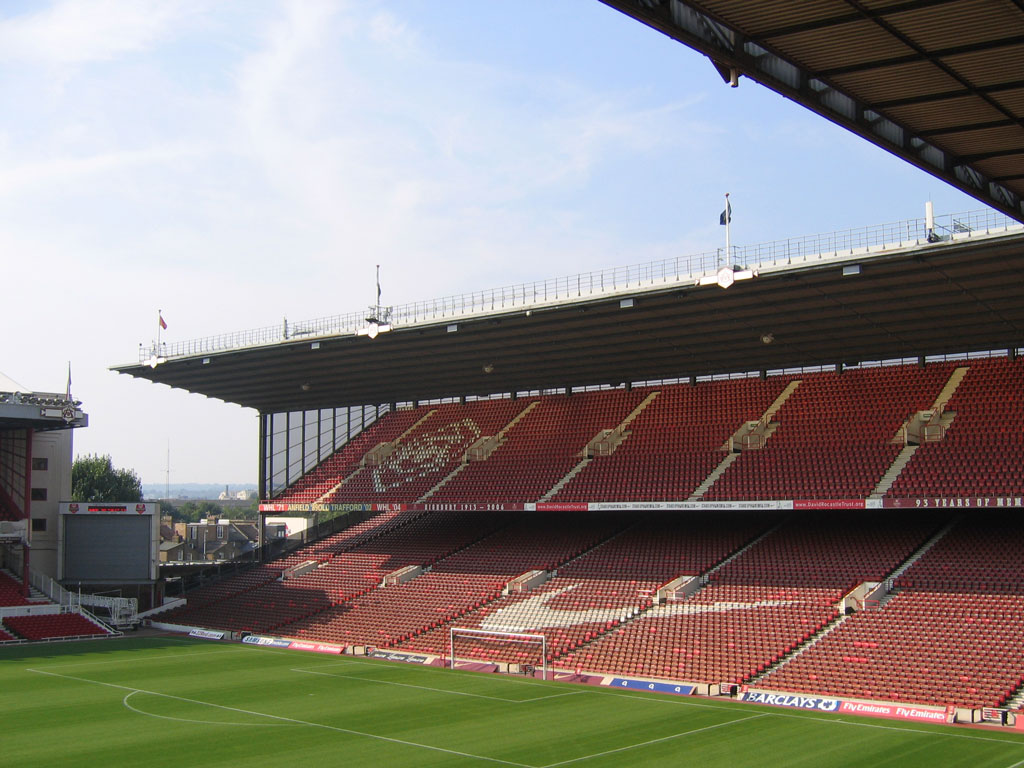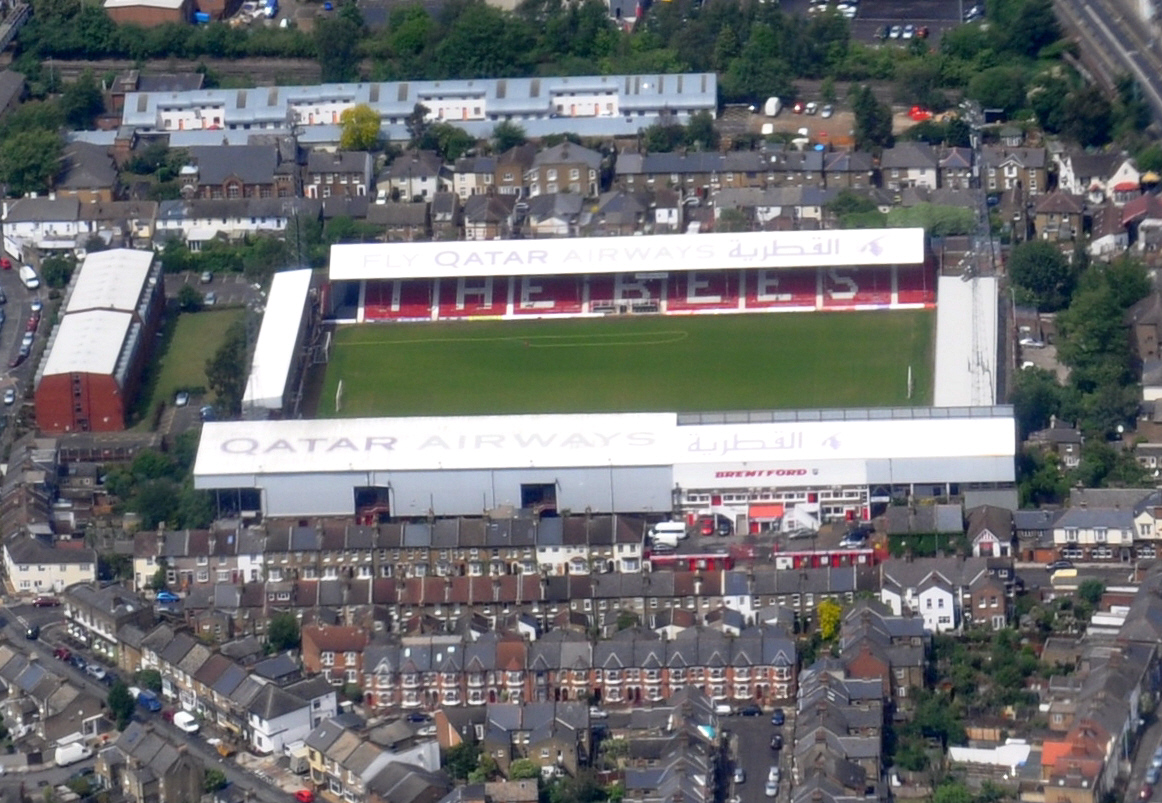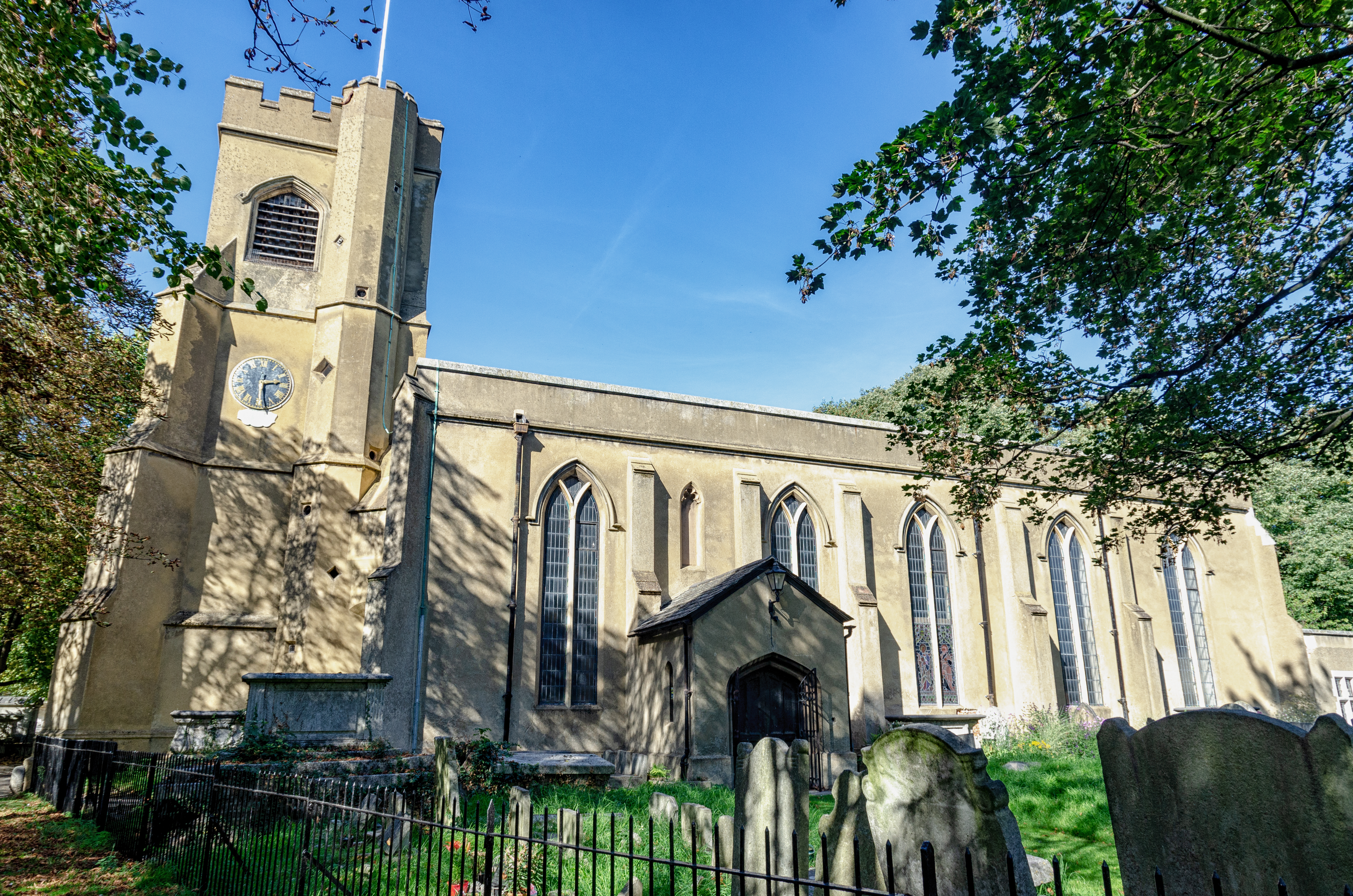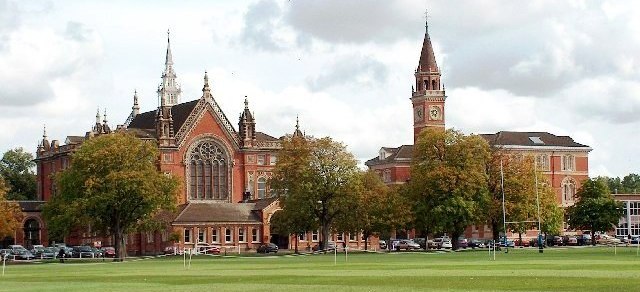|
Football At The 1948 Summer Olympics
The football tournament of the 1948 Summer Olympics was won by Sweden. This remains Sweden's only international title at a senior male football level and was the first international appearance of the trio that would later be known as Gre-No-Li dominating the Italian league at A.C. Milan in the 1950s. It was the first international football tournament ever to be broadcast on television, with the semi-finals, final and bronze medal play-off all being broadcast live in full on the BBC Television Service. Venues Squads Final tournament The tournament began on 26 July 1948 with a preliminary round of two matches: Luxembourg defeating Afghanistan 6–0 and the Netherlands beating Ireland 3–1, with Faas Wilkes scoring two goals for the Dutch. In the first round, which began five days later, the Netherlands played Great Britain at Highbury, Britain prevailing 4–3 after extra time. In goal for Britain was Ronnie Simpson, who would go on to become the oldest Scottish internatio ... [...More Info...] [...Related Items...] OR: [Wikipedia] [Google] [Baidu] |
Gunnar Nordahl
Nils Gunnar Nordahl (; 19 October 1921 – 15 September 1995) was a Swedish professional footballer. A highly prolific, powerful, and physically strong striker, with an eye for goal, he is best known for his spell at AC Milan from 1949 to 1956, in which he won the Scudetto twice, and also the title of ''pluricapocannoniere'', with an unprecedented five top scorer (''Capocannonieri'') awards, more than any other player in the history of the Italian championship. Nordahl is Milan’s all-time record goalscorer, and he long held the record for most goals for a single club in the history of Italian league, before being surpassed by Francesco Totti in January 2012. He still holds the record for goals per appearance in Italy. A full international between 1942 and 1948, he won 33 caps and scored 43 goals for the Sweden national team. He represented his country at the 1948 Summer Olympics, where he was the joint top scorer alongside Denmark's John Hansen as Sweden won gold. Norda ... [...More Info...] [...Related Items...] OR: [Wikipedia] [Google] [Baidu] |
Arsenal Stadium
Arsenal Stadium was a football stadium in Highbury, London, which was the home of Arsenal Football Club between 6 September 1913 and 7 May 2006. It was popularly known as "Highbury" due to its location and was given the affectionate nickname of the "Home of Football" by the club. It was originally built in 1913 on the site of a local college's recreation ground and was significantly redeveloped twice. The first reconstruction came in the 1930s from which the Art Deco East and West Stands date. There was a second development; the first phase was completed in 1989 which added executive boxes to the Clock End, and afterwards in 1993 a new North Bank Stand was constructed, both following the recommendations of the Taylor Report which replaced the terraces to make the stadium an all-seater with four stands. However, further attempts to expand the stadium were blocked by the community, and the resulting reduction in capacity and matchday revenue eventually led to Arsenal opting to ... [...More Info...] [...Related Items...] OR: [Wikipedia] [Google] [Baidu] |
Fratton Park
Fratton Park is a football ground in Portsmouth, England, which is the home of Portsmouth F.C. Fratton Park remains as the only home football ground in Portsmouth FC's entire history. The early Fratton Park was designed by local architect Arthur Cogswell and built in 1899 on the site of a market garden in Milton, a Portsea Island farming village. In 1904, Milton and the rest of Portsea Island became part of Portsmouth. Fratton Park's Portsea Island location means it is uniquely the only football ground in English professional football which is not on the mainland of Great Britain. Portsmouth's football ground was deceptively named as "Fratton Park" by the club's founders, to persuade supporters that the new Milton-based football ground was within walking distance of neighbouring Fratton's railway station; the true distance between the railway station and football ground is actually one mile, or a ten-minute walk. Fratton Park was first opened to the public on Tuesday 15 Au ... [...More Info...] [...Related Items...] OR: [Wikipedia] [Google] [Baidu] |
White Hart Lane
White Hart Lane was a Association football, football stadium in Tottenham, North London and the home of Tottenham Hotspur F.C., Tottenham Hotspur Football Club from 1899 to 2017. Its capacity varied over the years; when changed to all-seater it had a capacity of 36,284 before demolition. The stadium was fully demolished after the end of the 2016–17 Tottenham Hotspur F.C. season, 2016–17 season and was replaced by Tottenham Hotspur Stadium as the club's home ground. The stadium, which was known amongst Spurs fans as The Lane, had hosted 2,533 competitive Spurs games in its 118-year history. It had also been used for England national football team, England national football matches and England national under-21 football team, England under-21 football matches. White Hart Lane once had a capacity of nearly 80,000 with attendances in the early 1950s that reached the 70,000s, but as seating was introduced, the stadium's capacity decreased to a modest number in comparison to othe ... [...More Info...] [...Related Items...] OR: [Wikipedia] [Google] [Baidu] |
Selhurst Park
Selhurst Park is a football stadium in Selhurst in the London Borough of Croydon which is the home ground of Premier League side Crystal Palace. The stadium was designed by Archibald Leitch and opened in 1924. It has hosted international football as well as games for the 1948 Summer Olympics, and was shared by Charlton Athletic from 1985 to 1991 and Wimbledon from 1991 to 2003. History In 1922, a former brickfield site was bought from the London, Brighton and South Coast Railway Company for £2,750 by Crystal Palace F.C. The club had been pursuing a deal for the ground as early as 25 February 1919. The stadium designed by Scottish stadium architect Archibald Leitch, was constructed by Humphreys of Kensington (a firm regularly used by Leitch) for around £30,000, and officially opened by the Lord Mayor of London on 30 August 1924. There was then only one stand, the present Main Stand, but this was unfinished due to industrial action; Crystal Palace played The Wednesday and lost ... [...More Info...] [...Related Items...] OR: [Wikipedia] [Google] [Baidu] |
Lynn Road
Lynn Road was a football ground in the Newbury Park area of Ilford, London. It was the home ground of Ilford F.C. from 1904 until 1977 and hosted football matches during the 1948 Summer Olympics. Olympics Committee, p387 History The ground was built in 1904 after Ilford were given notice to leave their Wellesley Road ground.Groundtastic, 16 February 2014 The first match at the new ground was played against Clapton in September that year, and in November a new 400-seat stand was opened on the southern side of the pitch. They bought the fr ... [...More Info...] [...Related Items...] OR: [Wikipedia] [Google] [Baidu] |
Griffin Park
Griffin Park was a football ground in Brentford in the London Borough of Hounslow, England. It was the home ground of Brentford F.C. from its opening in September 1904 to August 2020. The ground is in a predominantly residential area and was known for being the only English league football ground to have a pub on each corner. The ground's name referred to the griffin featured in the logo of Fuller's Brewery, which at one point owned the orchard on which the stadium was built. History Planning, construction and opening Between Brentford's formation in 1889 and 1904, the club played at five grounds around Ealing – Clifden Road, Benns Field, Shotters Field, Cross Road and Boston Park Cricket Ground. In 1903, Fulham chairman Henry Norris (a prominent estate agent), Brentford manager Dick Molyneux and club president Edwin Underwood negotiated a 21-year lease at a peppercorn rent on an orchard (owned by local brewers Fuller, Smith and Turner) along the Ealing Road, wi ... [...More Info...] [...Related Items...] OR: [Wikipedia] [Google] [Baidu] |
Green Pond Road
Green Pond Road was a football stadium in Walthamstow, London and the home ground of Walthamstow Avenue until they merged with Leytonstone & Ilford to form Redbridge Forest, a precursor to Dagenham & Redbridge. The ground was often simply called The Green Pond or The Pond. History The stadium was used for one game during the football tournament of the 1948 Summer Olympics. The last game played at Green Pond Road was the last game of the 1988/89 season (on Saturday 6 May 1989), when Leytonstone/Ilford defeated Farnborough Town 5–3. Leytonstone had finished the season as Champions of the Isthmian League Premier Division The Isthmian League () is a regional men's football league covering Greater London, East and South East England, featuring mostly semi-professional clubs. Founded in 1905 by amateur clubs in the London area, the league now consists of 82 teams ..., with Farnborough in second place. Olympic matches References External links Pictures of Green Pond R ... [...More Info...] [...Related Items...] OR: [Wikipedia] [Google] [Baidu] |
Walthamstow
Walthamstow ( or ) is a large town in East London, east London, England, within the Ceremonial counties of England, ceremonial county of Greater London and the Historic counties of England, ancient county of Essex. Situated northeast of Charing Cross, the town borders Chingford to the north, Snaresbrook and South Woodford to the east, Leyton and Leytonstone to the south, and Tottenham to the west. At the 2011 census, the town had a population of approximately 109,424. Occupying most of the town's east-to-west High Street, Walthamstow Market is the longest outdoor market in Europe. East of the town centre is Walthamstow Village, the oldest part of Walthamstow, and the location of St. Mary's Church, Walthamstow, St Mary's Church, the town's parish church. To the north of the town is the former Walthamstow Stadium, which was considered an Cockney, East End landmark. The William Morris Gallery in Forest Road, a museum that was once the family home of William Morris, is a Grade II* ... [...More Info...] [...Related Items...] OR: [Wikipedia] [Google] [Baidu] |
Fulham Football Club - Geograph
Fulham () is an area of the London Borough of Hammersmith & Fulham in West London, England, southwest of Charing Cross. It lies on the north bank of the River Thames, bordering Hammersmith, Kensington and Chelsea. The area faces Wandsworth, Putney, Barn Elms and the London Wetland Centre in Barnes. on the far side of the river. First recorded by name in 691, Fulham was a manor and ancient parish which originally included Hammersmith. Between 1900 and 1965, it was the Metropolitan Borough of Fulham, before its merger with the Metropolitan Borough of Hammersmith created the London Borough of Hammersmith and Fulham (known as the London Borough of Hammersmith from 1965 to 1979). The district is split between the western and south-western postal areas. Fulham has a history of industry and enterprise dating back to the 15th century, with pottery, tapestry-weaving, paper-making and brewing in the 17th and 18th centuries in present-day Fulham High Street, and later involvement in t ... [...More Info...] [...Related Items...] OR: [Wikipedia] [Google] [Baidu] |
Dulwich Hamlet V Fulham (2969575587)
Dulwich (; ) is an area in south London, England. The settlement is mostly in the London Borough of Southwark, with parts in the London Borough of Lambeth, and consists of Dulwich Village, East Dulwich, West Dulwich, and the Southwark half of Herne Hill (which is often referred to as the North Dulwich triangle). Dulwich lies in a valley between the neighbouring districts of Camberwell (to the west), Crystal Palace, Denmark Hill, Forest Hill, Peckham, Sydenham Hill, and Tulse Hill. For the last four centuries Dulwich has been centred on the College of God's Gift, also known as the "Old College", which owned most of the land in the area today known as the Dulwich Estate. The College, founded with educational and charitable aims, established three large independent schools in the 19th century (Dulwich College, Alleyn's School and James Allen's Girls' School). In recent decades four large state secondary schools have opened in the area (The Charter School East Dulwich, The Charter ... [...More Info...] [...Related Items...] OR: [Wikipedia] [Google] [Baidu] |
Arsenal Stadium Highbury East Facade
An arsenal is a place where arms and ammunition are made, maintained and repaired, stored, or issued, in any combination, whether privately or publicly owned. Arsenal and armoury (British English) or armory (American English) are mostly regarded as synonyms, although subtle differences in usage exist. A sub-armory is a place of temporary storage or carrying of weapons and ammunition, such as any temporary post or patrol vehicle that is only operational in certain times of the day. Etymology The term in English entered the language in the 16th century as a loanword from french: arsenal, itself deriving from the it, arsenale, which in turn is thought to be a corruption of ar, دار الصناعة, , meaning "manufacturing shop". Types A lower-class arsenal, which can furnish the materiel and equipment of a small army, may contain a laboratory, gun and carriage factories, small-arms ammunition, small-arms, harness, saddlery tent and powder factories; in addition, it mu ... [...More Info...] [...Related Items...] OR: [Wikipedia] [Google] [Baidu] |









